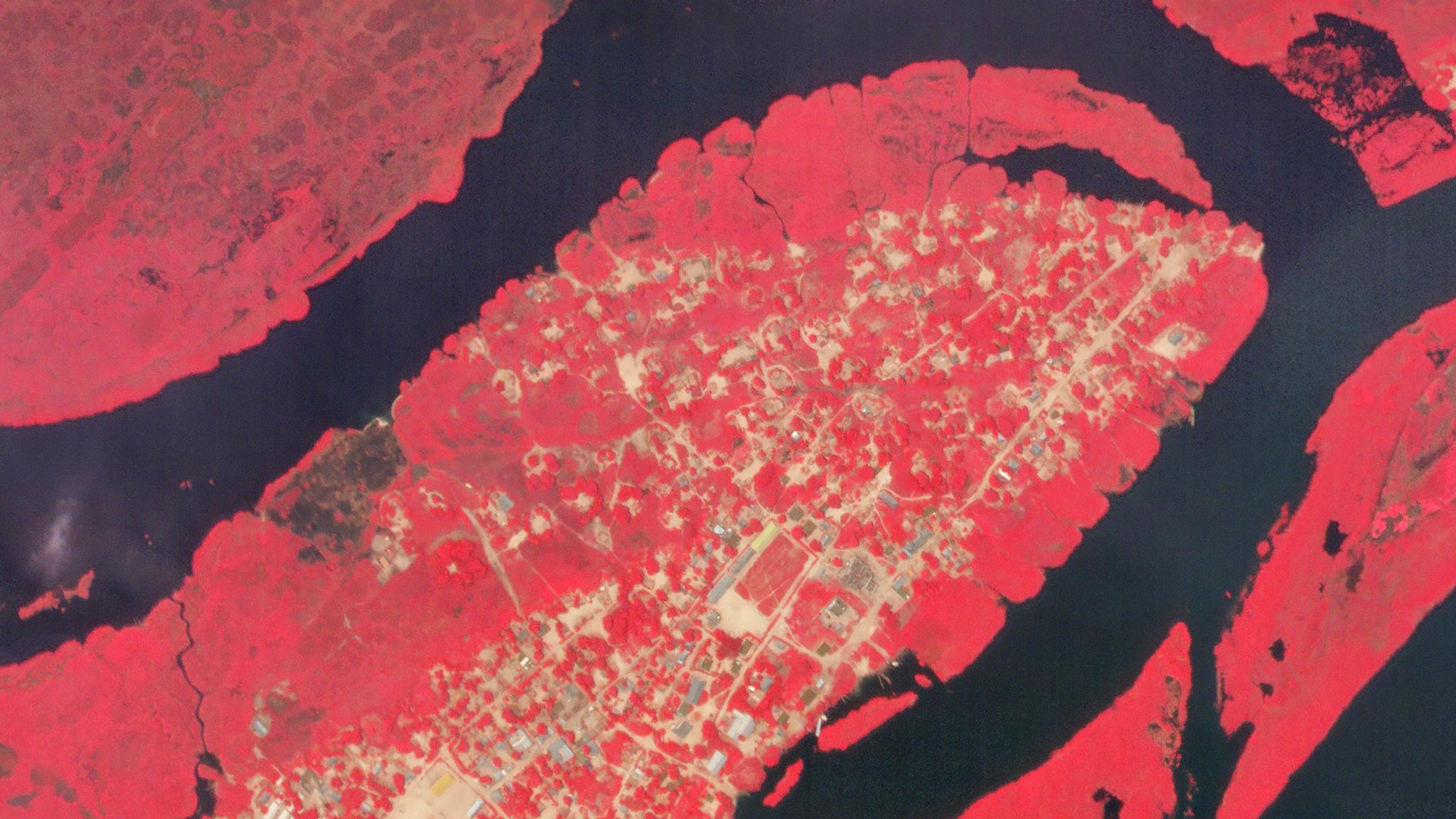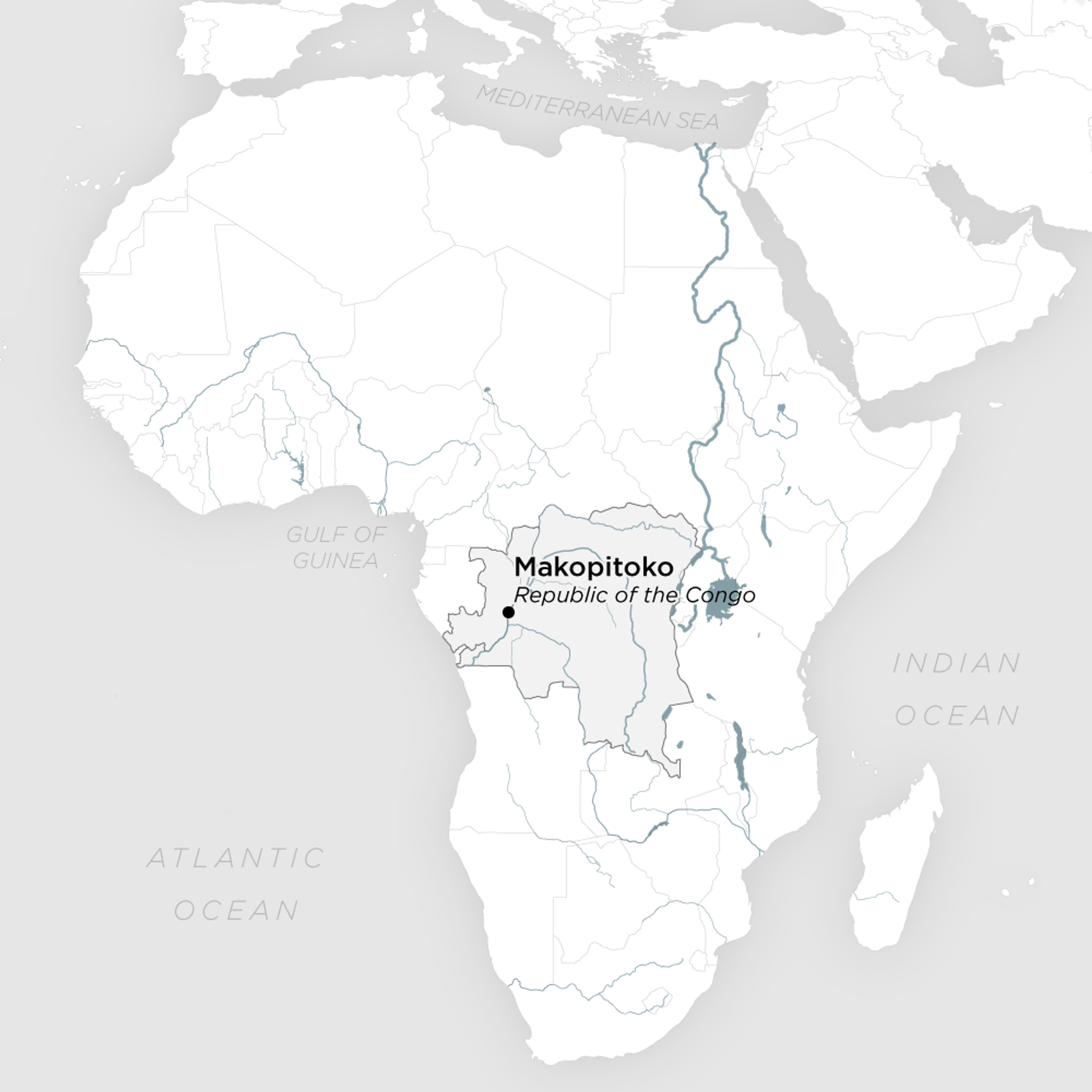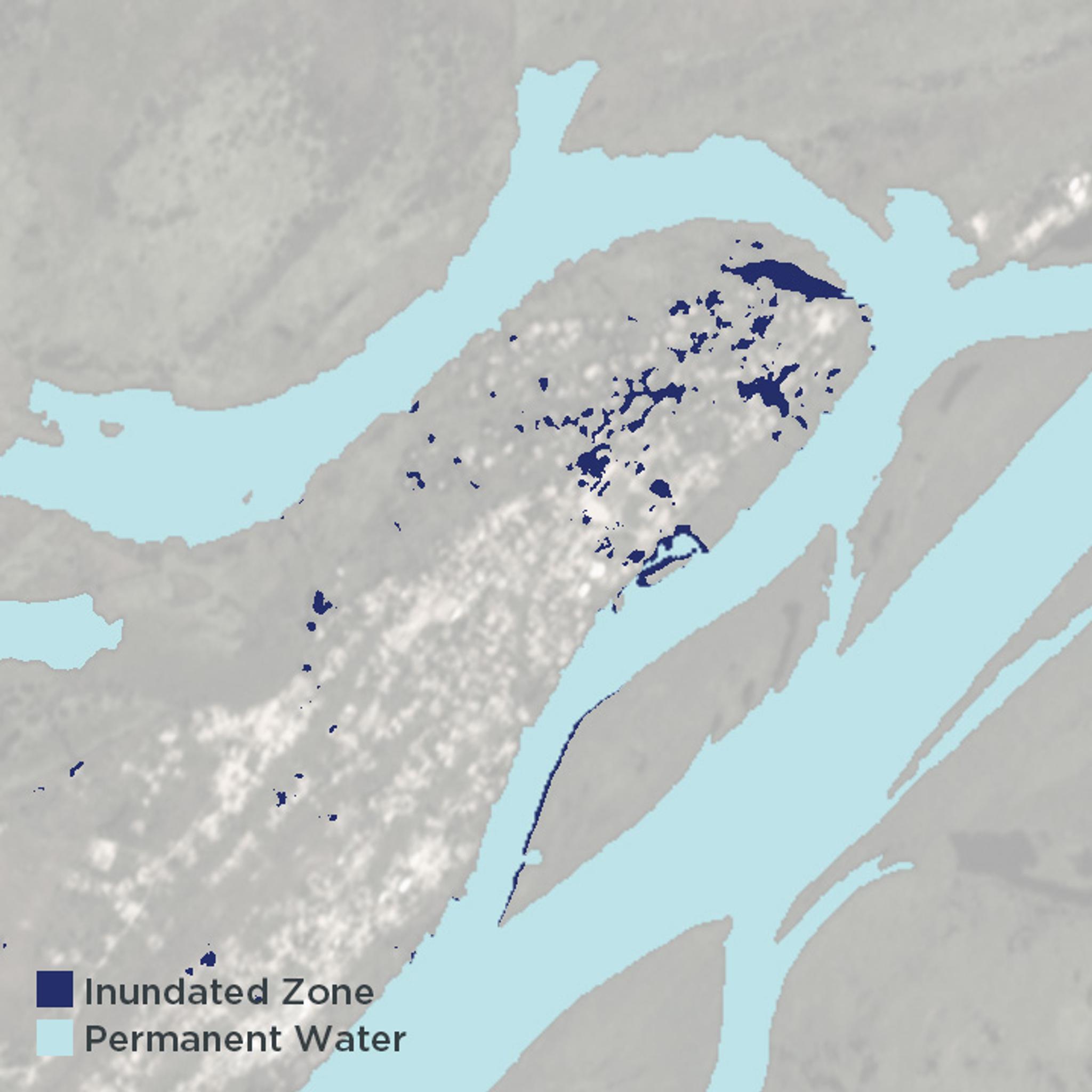How Flood Mapping from Space Protects the Vulnerable and Can Save Lives

High-resolution false-color (near infrared, red, green) Planet SkySat view of the Makotipoko camp on June 15, 2019 © 2019, Planet Labs Inc. All Rights Reserved.
NewsIn late 2017, in the town of Impfondo in the Republic of the Congo (RoC), five thousand people were victims of a major flood. Tragically, as is often the case in the world’s under-resourced communities, the Congolese government lacked sufficient resources to detect and monitor such an event, and a full three weeks would pass before a disaster was formally declared. Aid groups such as the United Nations World Food Programme (WFP) were unaware and therefore unable to provide needed relief. As in all things, the speed of information limits the speed of action. A year later, WFP and the RoC government leveraged Cloud to Street, a pioneering flood mapping and response organization that uses troves of high-cadence, high-resolution satellite imagery—including Planet’s—to build country-wide flood monitoring and dynamic analytics systems for the most vulnerable on Earth. These systems can detect, measure, and monitor flood and their impact in days, not weeks—enabling faster, more effective and more humane response. Cloud to Street’s tools proved invaluable in December of 2018, when the company received a message from WFP that 16,000 refugees from the neighboring Democratic Republic of the Congo (DRC) had fled into the Republic of the Congo and were settling in low-lying, flood-prone areas. Cloud to Street rapidly analyzed the history of flooding for each of these refugee camps and determined that the largest camp, Makotipoko, was at high risk; using Planet’s satellite imagery, the team confirmed it was already starting to flood. Armed with this data, Cloud to Street recommended relocating 7,000 refugees in Makotipoko to safer sites, possibly saving countless lives. [caption id="attachment_143537" align="aligncenter" width="1000"]



Ready to Get Started
Connect with a member of our Sales team. We'll help you find the right products and pricing for your needs

